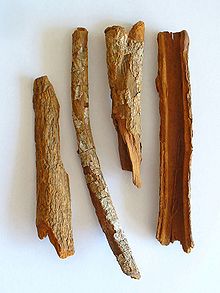7667766266
enquiry@shankarias.in
Quinine Nongladew

Gharials
Three important Crocodilias in India

Chambal River
Ghaghara River
SAMARTH ERP
National Mission on Education through Information and Communication Technology
Technical Education Quality Improvement Programme
Asian Infrastructure Investment Banks
Damodar River

Global Forest Resources Assessment 2020
Food and Agriculture Organization
Source: The Hindu. Down To Earth, News on Air